Discover the fascinating history of the Great Smoky Mountains National Park, a cherished American treasure. From its rich Native American heritage to the formation of the park we know today, this in-depth article will take you on a journey through the park’s past. Learn about the people who once called the area home, the historical artifacts unearthed within the park, and how it has evolved over the years.
Native American History in the Great Smoky Mountains
Cherokee Nation and the Smoky Mountains
The Great Smoky Mountains have a long and complex human history, with evidence of Native American presence dating back more than 10,000 years. The most well-known indigenous people of the area were the Cherokee, who called the mountains “Shaconage,” meaning “place of blue smoke.”
The Cherokee’s relationship with the land was deeply rooted in their culture and spirituality. They considered the Smoky Mountains to be a sacred space, and many of their customs and legends revolve around the region’s natural features. The Cherokee people thrived in the area, developing a sophisticated society with advanced agricultural practices and a complex social structure.
In the early 1800s, however, the Cherokee Nation faced significant upheaval. The United States government forcibly removed the Cherokee people from their ancestral lands as part of the Indian Removal Act of 1830. This tragic event, known as the Trail of Tears, led to the relocation of thousands of Cherokee people to what is now Oklahoma.
Historical Artifacts Discovered in the Park
The Great Smoky Mountains National Park is a treasure trove of historical artifacts, with more than 90 historic structures preserved within its boundaries. These artifacts provide a glimpse into the lives of the people who inhabited the area before the park’s establishment. Among the most significant discoveries are:
Pottery fragments and projectile points, evidence of prehistoric Native American settlements
Stone tools, dating back to the Archaic period (approximately 8000-1000 BC)
Remnants of European-American settlements, including cabins, barns, and mills
Artifacts related to early 20th-century logging and mining operations
These historical artifacts help us understand the deep human connection to the land and offer valuable insights into the region’s past.
Settlements and Exploration in the Great Smoky Mountains
European-American settlers began to arrive in the Great Smoky Mountains in the late 18th and early 19th centuries. These pioneers built homesteads, cleared land for agriculture, and established small communities throughout the region. The settlers often coexisted and traded with the Cherokee people, but tensions arose as the United States government sought to expand its territory.
The 19th and early 20th centuries saw increased exploration and development of the Smoky Mountains. Naturalists, scientists, and writers were drawn to the area’s beauty and biodiversity. Prominent figures, such as the writer Horace Kephart and photographer George Masa, played a crucial role in raising awareness about the region’s natural and cultural significance.
Political Discussions and the Formation of the Park
As the 20th century progressed, public interest in the preservation of the Great Smoky Mountains grew. Logging and mining operations threatened the region’s pristine wilderness, prompting conservationists to advocate for the establishment of a national park. However, the path to the park’s creation was fraught with challenges.
In 1923, the legislatures of North Carolina and Tennessee authorized the establishment of a national park, but funding remained a major obstacle. Unlike other national parks, which were created from federally owned land, the land that would become Great Smoky Mountains National Park was privately owned. This meant that the land needed to be purchased before the park could be established.
In response to this challenge, various individuals and organizations stepped up to raise funds for land acquisition. The Laura Spelman Rockefeller Memorial Fund, led by John D. Rockefeller Jr., donated $5 million to the cause, while local communities and schoolchildren also contributed to the effort.
The political discussions surrounding the park’s creation involved debates over land use, local economies, and the preservation of the area’s cultural and natural resources. Despite the challenges, in 1926, Congress authorized the establishment of the Great Smoky Mountains National Park, and President Calvin Coolidge signed the bill into law. It took several more years to acquire the necessary land, and the park was officially dedicated on September 2, 1940.
Changes to the Park Boundaries and Infrastructure Improvements
Since its formation, the boundaries of the Great Smoky Mountains National Park have undergone several changes, with additional land acquisitions expanding the park’s size. Today, the park encompasses more than 500,000 acres, making it one of the largest protected areas in the eastern United States.
Infrastructure improvements within the park have played a critical role in enhancing visitor experiences while preserving its natural and historical features. Some notable infrastructure projects and improvements include:
Construction of Newfound Gap Road: Completed in 1932, this scenic highway connects Gatlinburg, TN, and Cherokee, NC, offering visitors easy access to the park’s central areas.
Building of Clingmans Dome Observation Tower: Opened in 1959, the tower provides panoramic views of the park and surrounding region.
Development of the Appalachian Trail: The park contains 71 miles of this famous long-distance hiking trail, which was completed in the 1930s and has since undergone numerous improvements.
Establishment of Visitor Centers: Sugarlands, Oconaluftee, and Cades Cove Visitor Centers offer educational exhibits, ranger-led programs, and other resources to help visitors make the most of their time in the park.
Preserving the Past and Protecting the Future
The history of the Great Smoky Mountains National Park is a testament to the dedication and perseverance of countless individuals who recognized the area’s unique cultural, historical, and natural value. As a UNESCO World Heritage Site and International Biosphere Reserve, the park continues to serve as a living museum, preserving the stories of the people who have called these mountains home.
Today, the National Park Service, along with numerous partners and volunteers, works tirelessly to protect and preserve the park’s resources for future generations. Through ongoing research, conservation efforts, and educational programs, the Great Smoky Mountains National Park continues to be a source of inspiration and wonder for visitors from around the world.
In conclusion, the history of Great Smoky Mountains National Park is a rich tapestry of human experiences and natural beauty. From the Native American heritage to the park’s formation and ongoing conservation efforts, this incredible region offers a window into the past and a vision for a sustainable future. Whether you’re a first-time visitor or a longtime lover of the Smokies, understanding the park’s history will undoubtedly deepen your appreciation for this remarkable American treasure.


